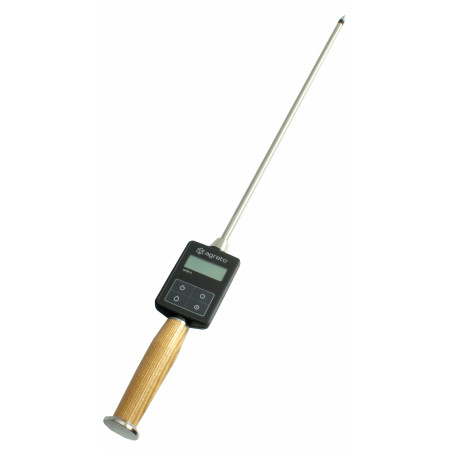A total of 3366 pigs were transported to slaughter in summer (six replicates/trailer type; July-August in southwestern Ontario) using three trailers: a modified triple-deck pot-belly, an advanced flat-deck, and a standard pot-belly. Within trailers, ambient conditions, temperature, relative humidity, and temperature-humidity-index, were monitored in three compartments (bottom front, middle deck, and top rear). A total of 162 pigs were selected for the analysis of hematocrit, lactate, and creatine kinase levels in exsanguination blood and for the evaluation of pork quality as assessed in the longissimus, semimembranosus, and adductor muscles.
The advanced flat-deck and modified triple-deck pot-belly trailers presented lower temperature and temperature-humidity-index compared to the standard pot-belly during transit. In the standard pot-belly trailer, pigs transported in the middle deck compartment showed higher blood creatine kinase concentrations than those transported in the bottom front compartment and lower pHu values in the semimembranosus and adductor muscles than those transported in the top rear compartment.

Although the advanced flat-deck trailer design provided a better microclimate for pigs, the improvements in the design of the novel trailers only slightly reduced stress in pigs during summer transits.
Moak KAT, Bergeron R, Conte S, Bohrer BM, Arrazola A, Devillers N, Faucitano L. Use of two novel trailer types for transportation of pigs to slaughter. I. Effects on trailer microclimate, pig behaviour, physiological response, and meat quality under Canadian summer conditions. Canadian Journal of Animal Science. 2022; 102(4): 529-542. https://doi.org/10.1139/cjas-2022-0023




